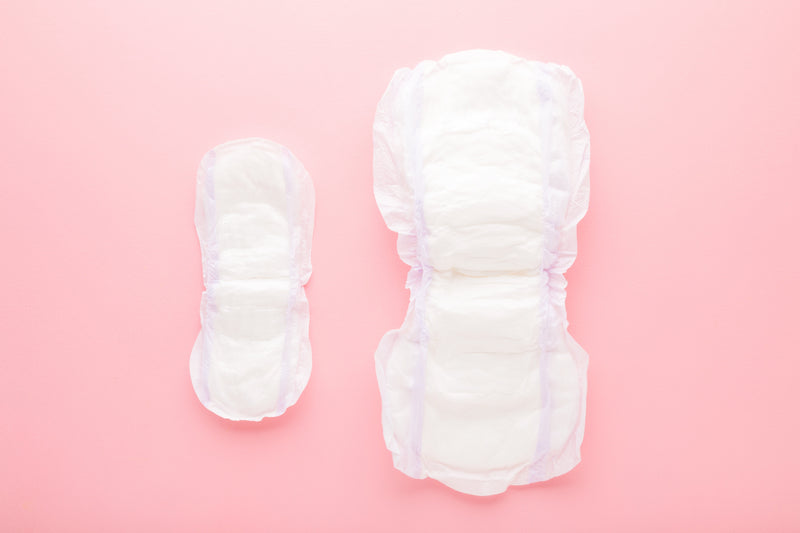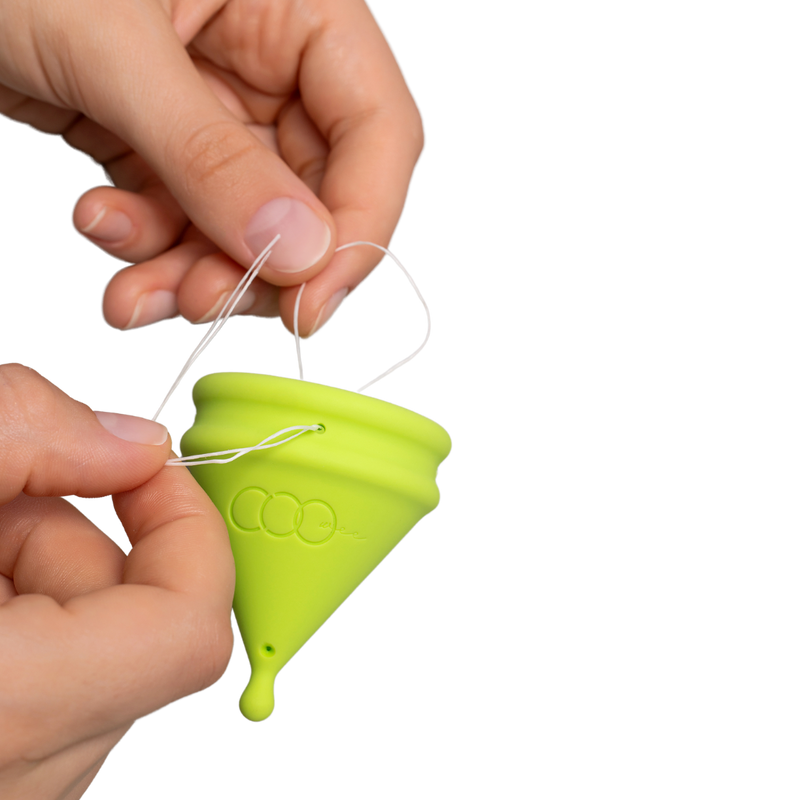For many women living with urinary incontinence, surgery can feel like both a last resort and a turning point. Sling surgery, one of the most common treatments for stress incontinence, has helped thousands regain control-but it's not a decision to take lightly.
If you're considering surgery to treat incontinence, it's important to understand the costs, the risks, and the alternatives. In some cases, a less invasive approach may offer relief without the emotional and physical toll of going under the knife.
Here's what you need to know.

What Is Sling Surgery for Incontinence?
Sling surgery involves placing a supportive sling (usually made from synthetic mesh or your own tissue) under the urethra to help keep it closed during physical activity or pressure-the most common cause of stress incontinence.
It's typically recommended for:
- Moderate to severe stress incontinence
- Women who haven't found relief with pelvic floor therapy or devices
- Those whose quality of life is significantly impacted by daily leakage
The surgery is relatively quick (often done as a day procedure), and recovery time can range from a few days to a few weeks depending on the method used.

What Does It Cost?
While many procedures are covered under insurance or public health systems, there are still out-of-pocket costs such as:
- Specialist consultations
- Anesthetist and hospital fees (if done privately)
- Follow-up appointments
- Time off work
The total estimated cost of incontinence surgery in Australia can range from $10,000 to $20,000, depending on the setting. However, some women find their annual spending on incontinence management drops significantly post-surgery-for example, from about $750 per year to as little as $190 per year.
What Are the Risks and Side Effects?
While many women experience long-term success with sling surgery, it's not without its risks:
- Urinary tract infections (UTIs)
- Difficulty emptying the bladder
- Pain during intercourse
- Mesh-related complications (in synthetic sling cases)
- Need for revision surgery (if the sling moves or loosens)
It's important to weigh these against your current quality of life and explore less invasive treatments first-especially for mild to moderate cases. Less Invasive Options to Try First Before considering surgery, many women see success with one or a combination of these lower-risk approaches:

Pelvic Floor Therapy:
Working with a pelvic floor physiotherapist can strengthen the muscles that support the bladder and urethra. This can significantly reduce or eliminate leaks, especially in cases of stress incontinence.
Reusable Internal Support Devices:
Devices like Coo-Wee are designed to provide internal support to the urethra-helping reduce leaks caused by movement, sneezing, or exertion. They're non-invasive, discreet, and cost-effective, with many women experiencing relief after just a few uses.
Lifestyle Adjustments:
Bladder training, reducing caffeine or alcohol, and weight management are practical ways to support incontinence management and reduce symptom severity.
Not Ready for Surgery?
Here's What You Can Try First Surgery may be the right option for some but it's far from the only path. If you're not ready for the cost, downtime, or possible complications of surgery, you have other choices.
Coo-Wee is a safe, reusable internal device that supports your bladder naturally, giving you greater confidence and comfort-without committing to permanent solutions. It's a smart place to start for women with mild to moderate stress or mixed incontinence.
Take our quick quiz to see if Coo-Wee could be a fit for you-and explore simple, empowering options to take control of your bladder on your terms.












